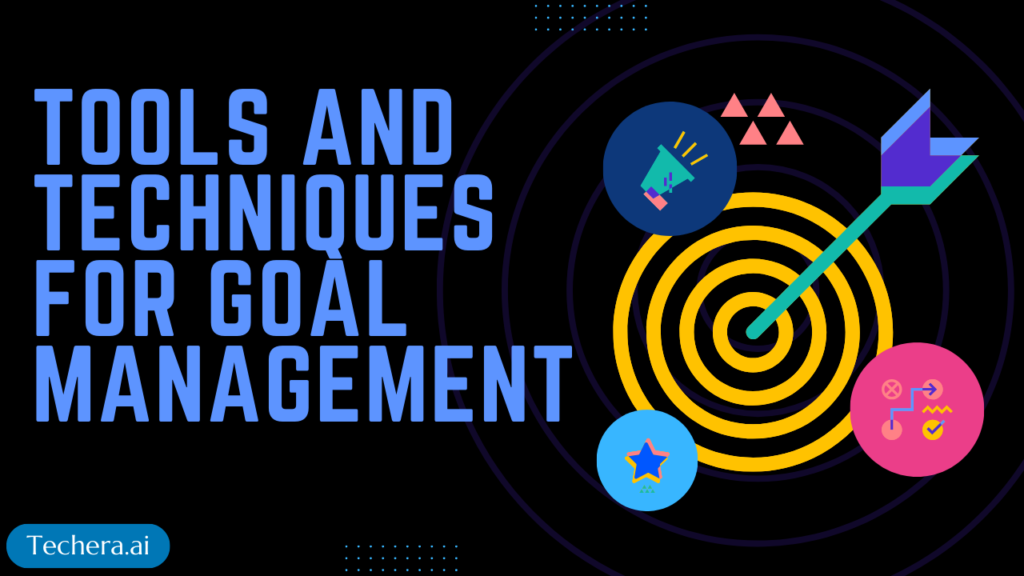
This blog post, “How to Start a Software Development Company: Setting Goals and Milestones” provides a comprehensive guide to effectively planning and organizing your software business. It explores the importance of defining a clear vision, setting SMART goals, and breaking down key milestones such as launching your MVP, securing clients, and scaling operations. You’ll also learn about essential tools like project management platforms and OKRs to manage goals effectively, along with strategies to overcome challenges. Whether you’re starting fresh or looking to refine your approach, this article will help you lay a strong foundation for success.
Introduction
How to Start a Software Development Company: Setting Goals and Milestones. Starting a software development company is an exciting journey, but without clear goals and milestones, it’s like setting sail without a map. In this article, we’ll explore how to define, set, and track your business objectives to ensure your company thrives.
Why Goals and Milestones Matter for a Software Development Company
Every successful company starts with a vision. Goals provide direction, while milestones act as checkpoints to measure progress. Together, they ensure your business stays on track and achieves sustainable growth.
Laying the Foundation for Goal Setting
Defining Your Vision and Mission
Your vision describes where you see your company in the future, while your mission explains how you’ll get there. For example, your mission might be to “develop innovative software solutions for small businesses.”
Understanding Your Market and Target Audience
Research your audience’s pain points and tailor your goals to solve their problems. This approach not only defines your objectives but also strengthens your business strategy.
Identifying Your Unique Value Proposition (UVP)

What sets your company apart? Your UVP is the “why” behind your business—whether it’s delivering faster solutions or offering superior customer support.
Setting Clear Business Goals
What Are SMART Goals?
Using the SMART framework ensures your goals are clear and actionable. Let’s break it down:
Specific
Define what you want to achieve, such as launching a mobile app for a specific industry.
Measurable
Set metrics to track progress, like reaching 1,000 downloads within three months.
Achievable
Your goals should challenge you but remain realistic.
Relevant
Align your goals with your overall business objectives.
Time-Bound
Give yourself a deadline to create urgency and focus.
Short-Term vs. Long-Term Goals
Short-term goals might include building a prototype, while long-term goals could focus on expanding your client base internationally. Both are essential to your success.
Also read : How to Start a Software Development Company: Setting Up Your Infrastructure
Breaking Down Milestones
What Are Milestones and Why Are They Important?
Milestones are measurable achievements that signify progress. Think of them as stepping stones leading you toward your bigger objectives.
Examples of Key Milestones for a Software Company
Launching Your First MVP (Minimum Viable Product)
An MVP allows you to gather feedback and refine your product before a full-scale launch.
Securing Your First Client
This milestone proves your business concept and opens doors to future opportunities.
Scaling Operations
Once you’ve gained traction, scaling your operations—whether hiring more staff or expanding your offerings—becomes a crucial milestone.
Tools and Techniques for Goal Management

Project Management Tools
Platforms like Trello, Asana, and Jira simplify goal tracking and team collaboration. These tools help you stay organized and on schedule.
Using OKRs (Objectives and Key Results)
Businesses like Google rely on the OKRs framework for goal-setting. For example:
- Objective: Build a user-friendly project management app.
- Key Result: Achieve a 90% user satisfaction rate in the first six months.
Tracking Progress and Adjusting Goals
Regularly review your progress and be flexible enough to adjust your goals when necessary.
Overcoming Common Challenges
Staying Motivated During Slow Growth Phases
Every business experiences slow periods. Stay motivated by celebrating small wins and focusing on long-term objectives.
Avoiding Goal Overload and Burnout
It’s tempting to aim for too much too quickly, but overloading your team can backfire. Prioritize your goals to maintain balance.
Dealing With Unforeseen Obstacles
Adaptability is key. Whether it’s a budget shortfall or a market shift, adjust your strategy and keep moving forward.
Real-Life Case Studies
Successful Software Companies and Their Goal-Setting Strategies
Take inspiration from companies like Slack, which focused on solving communication challenges and achieved rapid growth.
Lessons Learned From Failed Startups
Learn from others’ mistakes. For example, companies that didn’t adapt their goals to market demands often struggled to survive.
Conclusion
Setting clear goals and milestones is essential for the success of your software development company. They provide direction, keep you motivated, and ensure progress. By defining your vision, using tools effectively, and staying adaptable, you can achieve long-term success.
Frequently Asked Question
Q. Why are milestones important in business planning?
A. Milestones help track progress, identify successes, and ensure your business stays aligned with its objectives.
Q. What are the key tools for tracking business goals?
A. Tools like Trello, Asana, and Jira are excellent for goal management and collaboration.
Q. How do you balance long-term and short-term goals?
A. By breaking long-term goals into smaller, manageable milestones, you can focus on immediate tasks while keeping the bigger picture in mind.
Q. Can goals change over time in a software company?
A. Absolutely. Market trends, customer feedback, and technological advancements may require you to adapt your goals.
Q. How do I keep my team aligned with business goals?
A. Regular team meetings, clear communication, and collaborative tools ensure everyone stays on the same page.

